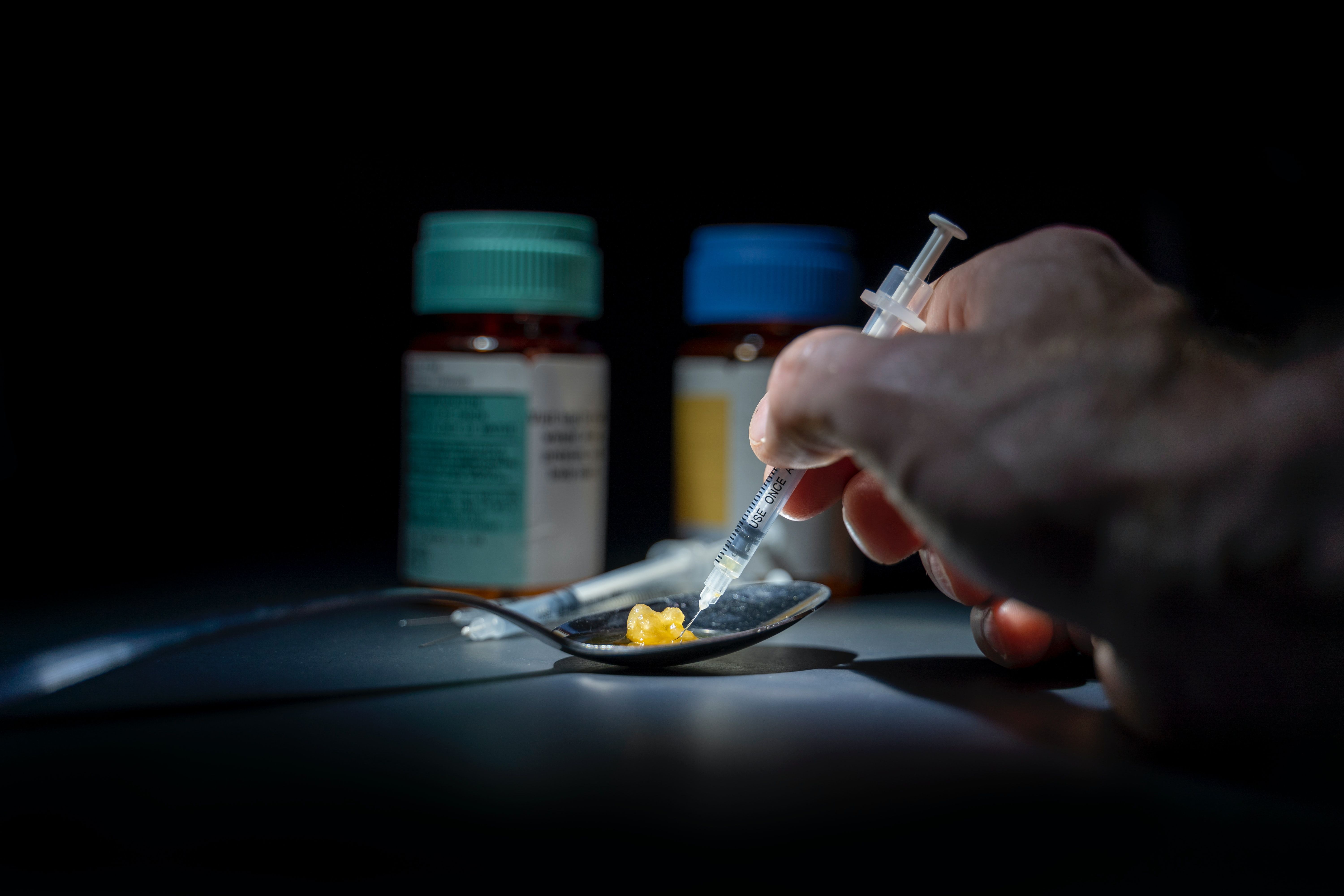In Rural Areas, Injection Drug Users Have Less Knowledge, More Stigma About PrEP
People who inject drugs in rural areas had a less accurate understanding of HIV PrEP, largely due to stigma surrounding sexual orientation and drug use.

Pre-exposure prophylaxis (PrEP) for HIV prevention reduces the risk of HIV infection from sexual transmission by 99%, and from injection drug use by 74-84%. However, only 1-2% of people who inject drugs (PWID) use PrEP.
The stigma surrounding medication that prevents HIV can discourage potential PrEP users, but there has been little research examining how this stigma operates in rural and urban settings.
A new study conducted by the Center for Drug Use and HIV/HCV Research (CDUHR) at the NYU School of Global Public Health compares PrEP awareness and knowledge in rural Illinois and urban New York City.
Previous studies focused on the stigma tied to certain sexual orientations, and this study aimed to expand on prior research by examining how the stigma experienced by PWID often occurs at the intersection of sexualities, drug use, and HIV stigmas. According to the study, “there is a hierarchy by drug type, creating gradations of stigma, with injection drug use being the most stigmatized particularly in regard to HIV risk.” The investigators explored how this particular kind of stigma limited PWID engagement in healthcare at the first crucial steps of awareness and knowledge.
In 2019, 2.3% of new HIV diagnoses in New York City were attributed to injection drug use, and PWID men who have sex with men accounted for 1.5%. In Illinois, from 2013–2017, 2.1% of HIV infections were attributed to injection drug use, and 2.5% to PWID men who have sex with men.
According to Suzan Walters, the study’s lead author, a CDUHR researcher, and an associate research scientist at NYU School of Global Public Health, “I noticed a marked difference in PrEP awareness between sexual minority men and people who inject drugs; many who inject drugs do not even know that PrEP exists, which is troubling.”
From August 2019-February 2020, Walter and colleagues conducted in-depth semi-structured qualitative interviews with 57 individuals, identified through local syringe exchange programs. Of these participants, 18 were from southern rural Illinois, and 39 were from urban New York City. To be included in the study, participants had to be at least 18 years of age, proficient in English, and have injected drugs at least once in the past year (most participants injected drugs multiple times in the last 30 days).
After building rapport and establishing knowledge of HIV, the investigators consistently asked four PrEP-related questions regarding awareness (have they heard of it), knowledge (understanding what it does), willingness (would they take it), and uptake (do they take it).
Awareness and knowledge of PrEP clearly differed by setting. In rural Illinois, only half of the participants (9/18) had heard of PrEP, mostly via television commercials. None of the Illinois participants had ever discussed PrEP with a doctor or healthcare provider. Given that most of the respondents were only familiar with PrEP from TV commercials, and these commercials often target men who have sex with men, the majority of the Illinois participants (only two of whom identified as being bisexual) did not see PrEP as an option for themselves.
In New York City, 77% (30/39) had heard of PrEP. These respondents had also seen various PrEP commercials and advertisements, but unlike the rural Illinois participants, some of these ads were located in harm-reduction settings, like syringe service programs (SSPs). Urban participants were also more likely to report having discussed PrEP informally and/or formally, with peers and doctors.
None of the rural participants could accurately describe PrEP, commonly believing PrEP was used to treat HIV rather than prevent it. New York City respondents had a better knowledge of PrEP, but this was sometimes incomplete or erroneous. None of the surveyed participants were currently using PrEP.
The participants who had the best knowledge of PrEP had learned about the medication from multiple sources, like conversations with healthcare professionals, friends, or at SSPs.
Investigators identified syringe service programs in urban settings as one reason why this population was more familiar with PrEP, as this welcoming space where PWID could socialize mitigated stigma and fostered information sharing.
Upon receiving information about PrEP, willingness to partake was about 50% for both rural and urban settings. Among the PWID who were not interested, many still conflated HIV risk exclusively with sexual orientation, or used stereotyping and stigmatizing language to distinguish themselves from people at risk for HIV.
PrEP prescribers are more willing to prescribe PrEP to sexual minority men who do not use drugs than to PWID, and this stigma was especially prevalent in rural areas. Some rural Illinois respondents indicated avoiding healthcare facilities due to perceived or experiential belief they would encounter stigma as a PWID.
The investigators recommended more sex and drug positive messaging to combat misinformation and encourage at-risk populations to use PrEP. They also suggested making PrEP more prevalent at SSPs and packaging it as a harm reduction tool to ensure the medication was made available to PWID.
